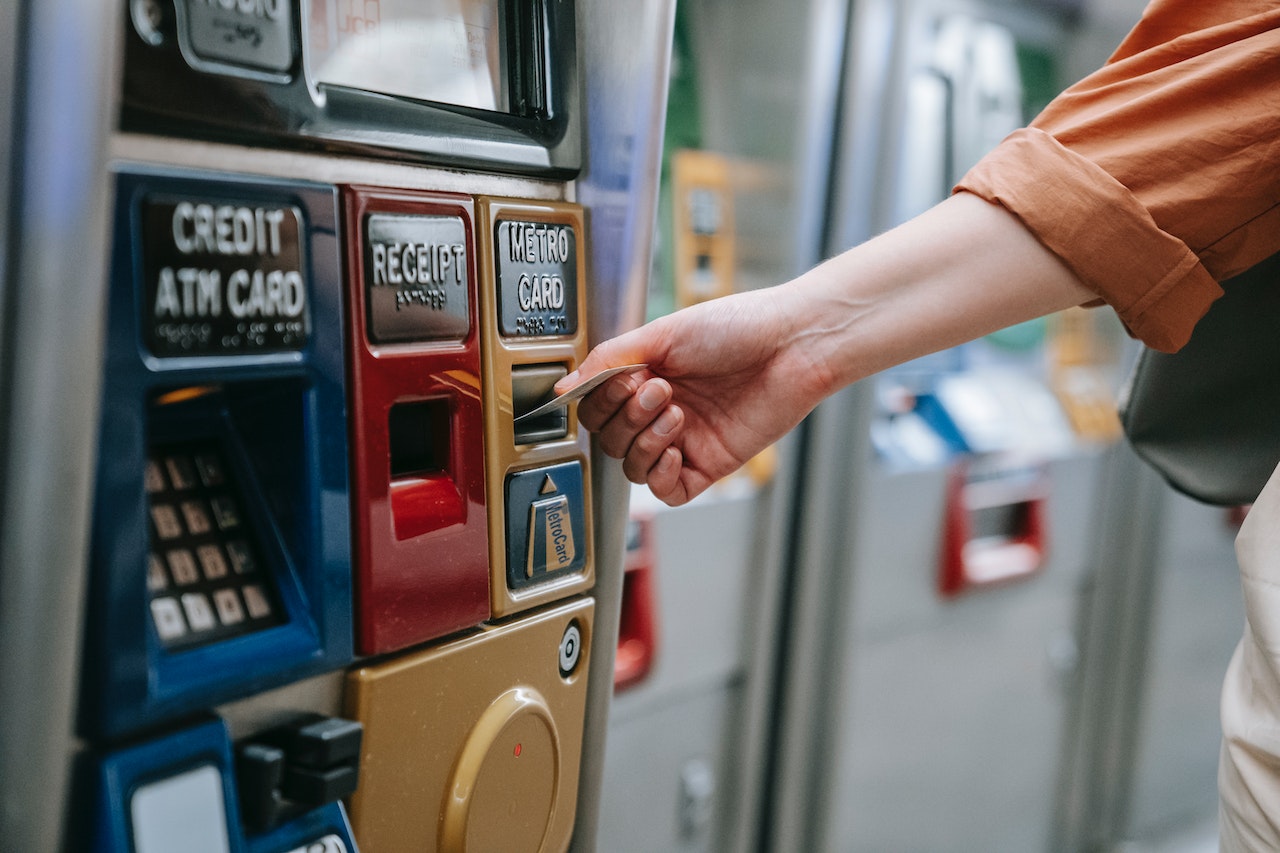
When most of us think about planning for retirement, we’re focused on just enjoying our golden years. However, there are actually several phases that go into successful retirement planning.
This guide takes a look at each of the different phases of retirement planning. Plus, we’ll break down what steps to take at each phase of retirement.
Stage 1: Pre-Retirement
Pre-retirement usually starts somewhere between the ages of 50 and 62, and refers to the decade before you actually retire. During the pre-retirement phase, you’ll be honing in on how much income you’ll actually need to have during retirement. For the smaller group of forward thinking people in their 30s and 40s who are actively saving and thinking about retirement, that extra effort and time (in terms of all those additional years of tax deferred or tax free compounding) will really come home to them by the time most other people are just starting to get serious ( early 60s).
This phase is particularly important because most people don’t start to think about retirement planning until it’s too late. During the pre-retirement phase, however, you have an opportunity to look at your finances and really get a feel for what your golden years will look like.
This is also the time to check what balances you have in your retirement plans, such as a Roth IRA or a 401(k). You’ll also want to check out any other investments that you currently have to see how they’re performing and what types of ROI they’re offering.
Additionally, you’ll want to use this time to get a feel for the lifetime retirement benefits offered by your local, state, and federal governments. Remember, 62 is the earliest that most people are able to start withdrawing Social Security benefits. Or, you could choose to increase your retirement savings by waiting to withdraw on your Social Security payments. Each year from age 62 to age 70 that you wait to start your Social Security benefits, they grow by 8%. Since we cannot earn a guaranteed 8% anywhere else at this time, this makes a strong case for people to consider delaying their Social Security benefits for at least a few years from age 62.
Lastly, during your pre-retirement phase, you’ll need to create a budget and a savings plan to help ensure you can live comfortably during retirement. Try to pay off any debt you have in order to free up even more income during your golden years. Additionally, you need to factor in some assumptions about how much higher the cost of living will be upon your retirement (“inflation”).
Stage 2: Early Retirement
After the pre-retirement phase is the early retirement phase. Most people enter this phase when they’re between the ages of 62 and 70. This phase is sometimes called the honeymoon phase, and it refers to the first couple of years you’ll enjoy as a retiree.
During the early retirement phase, you’ll be adjusting to your new lifestyle. As a result, it’s not uncommon for retirees to overspend during these first few years as they get used to their new spending habits and extra free time.
The early retirement stage is also when many people are eligible to receive full Social Security benefits, as well as some possible state benefits. Additionally, some people choose to get a part-time or full-time job to help support their lifestyle or to stay occupied.
Some individuals may also need to adjust their healthcare plans during this phase of retirement. In most cases, this will mean a transition to Medicare and a Medicare Supplemental policy from the prior coverage. Making sure to check what your coverage terms are and how they work will help to ensure you don’t have any breaks in your healthcare coverage. This is also the latest you should be addressing and planning for potential long term care, or chronic illness costs that can enter the picture toward the end of your life.
Stage 3: Mid-Retirement
Mid-retirement usually takes place between the ages of 70 and 80. During this phase of retirement, most people are starting to settle into their new lifestyle. Additionally, many retirees spend less money during this phase due to being more settled, downsizing, potentially traveling less, or no longer supporting dependents.
At the same time, this is when budgeting for inflation is critical. Many retirees forget to budget for inflation, and as costs go up one year to the next, they find that they can’t keep up. Proper budgeting and income planning from a professional can help you avoid this scenario and truly relax during your mid-retirement years.
During the mid-retirement phase, it’s also time to check out your legacy plan and your estate planning documents. You may want to assign a close friend or family member a durable financial and health care power of attorney in the event that you’re not able to execute your wishes in your final days. Undertaking these types of decisions will help to make your retirement easier, and give you peace of mind.
Stage 4: Late Retirement
Stage four is the late retirement phase, and is the last part of your years as a retiree. During this time, many individuals need to plan for long-term health care support, such as moving into an assisted living home or hiring someone to help you in the house.
This is also the time to look into what death benefits your family will need and what steps need to be taken on your end to ensure payouts, and an efficient transfer of both wealth and important values.
Finally, many retirees experience increased costs during the final phase of retirement. This is largely because of increased expenditures due to healthcare costs. Ensuring that you have a cushion for these types of expenses during the last stage of retirement is key. If prior planning had not been done on this front, there is a very real chance that a healthy spouse could accidently be impoverished, or loved ones accidently disinherited. Additionally, if there is a prolonged physical or cognitive condition, you could run out of money altogether.
Final Thoughts
The stages of retirement aren’t a hard-and-fast rule for how to plan for retirement. However, they can certainly make it easier for you to settle into your golden years without any unexpected expenses.
Try organizing your retirement years around these phases of retirement planning in order to be fully prepared for your golden years. And remember—the sooner you start planning, the easier it will be for you to settle down and enjoy your retirement.










